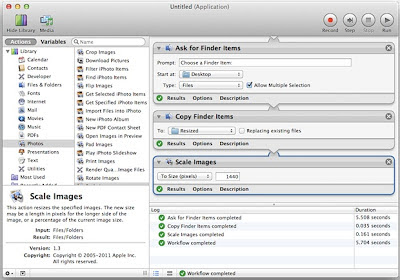1) 'The Wizard and the Hopping Pot" by J.K. Rowling
The Wizard and the Hopping Pot" is the first story in The Tales of Beedle The Bard. It's a pretty fun read aloud, even though the vocabulary is slightly advanced for fourth grade. What makes it fun is all the disgusting stuff that this hopping pot does.
The vomiting, crying, braying, wart-filled hopping pot
The pot is so disgusting and disturbing, that the evil wizard who is plagued with it is forced to turn good. It's a happy ending for all the wrong reasons, and is a great example of: Level 1: I Don't Want To Be Punished. It's one of the first things I read to the children after I introduce the 6 levels. I challenge them to think about why the evil wizard turned nice, and what level he decided to make that choice.
Values.com is a great resource. There's a lot to use there, and some day I'll write a post that features how I use all of the site's resources. One of the great resources is their public service announcements. Their PSAs are non-denominational and exemplify a lot of values. Here are some of the ones I use to feature certain levels:
Level 3
Peer Pressure
Level 5 and 6
|
|
Reach |
|---|---|
| Basketball |
Let 'Em In |
Neighbors |
|
Umpire |
3) Jerry Spinelli
Jerry Spinelli's characters exemplify a moral center in both interesting and fresh ways. For many years I called Level 6 simply The Stargirl level.
I've read Stargirl as a read aloud for the past couple of years despite it not being a great read aloud. It's the wrong age group for elementary, it's missing too much back-and-forth dialogue relies on deep description and metaphor. It's a great read, but not a great read aloud. But the children enjoy it despite this because it's a great story, and introduces them to a character they've never been exposed to before. Stargirl lives a level 6 life, and the book is full of amazing examples of level 6. But Stargirl has a great personality too, and so every day that I read, my students takes notes divided into 2 columns. In one column they note what they think is level 6 behavior, and in the other column they note simply "different" or "interesting" behavior. Then after I read, we talk about what they observed.
But Stargirl isn't the only character that Jerry Spinelli has created worth examining. Penn Ward from Crash, Donald Zinkoff from Loser, and even Maniac Magee... although I have a few issues with how that book is sometimes used in teaching.* Spinelli fills his worlds with memorable characters that flow with virtue and face relatable problems.
Groundhog Day is a movie starring Bill Murray about a man trapped in a day. 11 Birthdays by Wendy Mass is a book about a girl trapped in a day.


Bill Murray's character, Phil Conners, escapes his day by reaching level 6. It took him approximately 10,000 years. Amanda escapes her day by silly magic, and she's trapped in her day for slightly less time. She tries to be a level 6 person so that she can escape her day. Of course by trying to do nice things for other people to achieve a reward (in this case the reward is to get to the next day), she's actually only achieved level 2. Comparing similar plots but different motivations lead to great discussions.



































